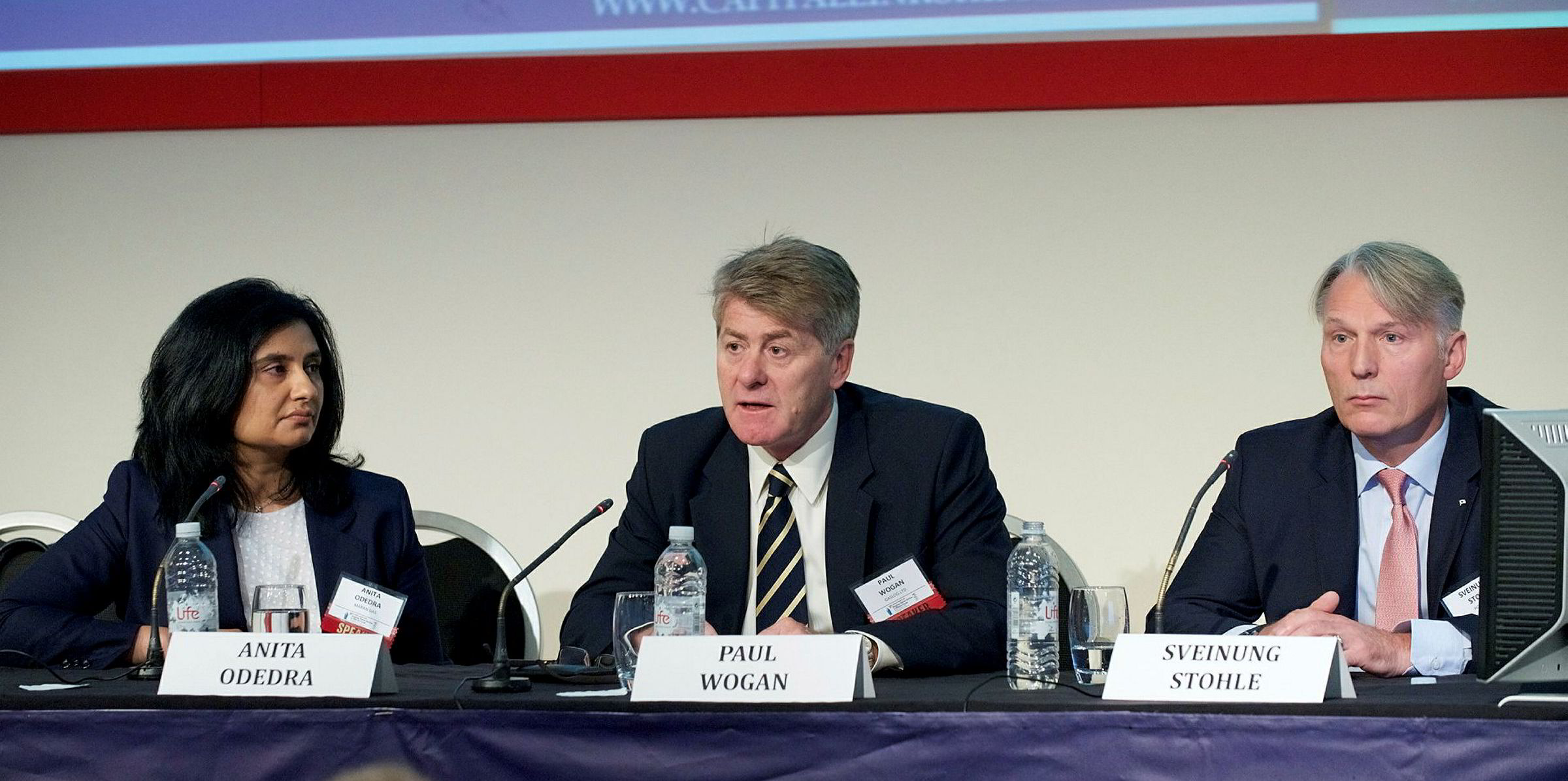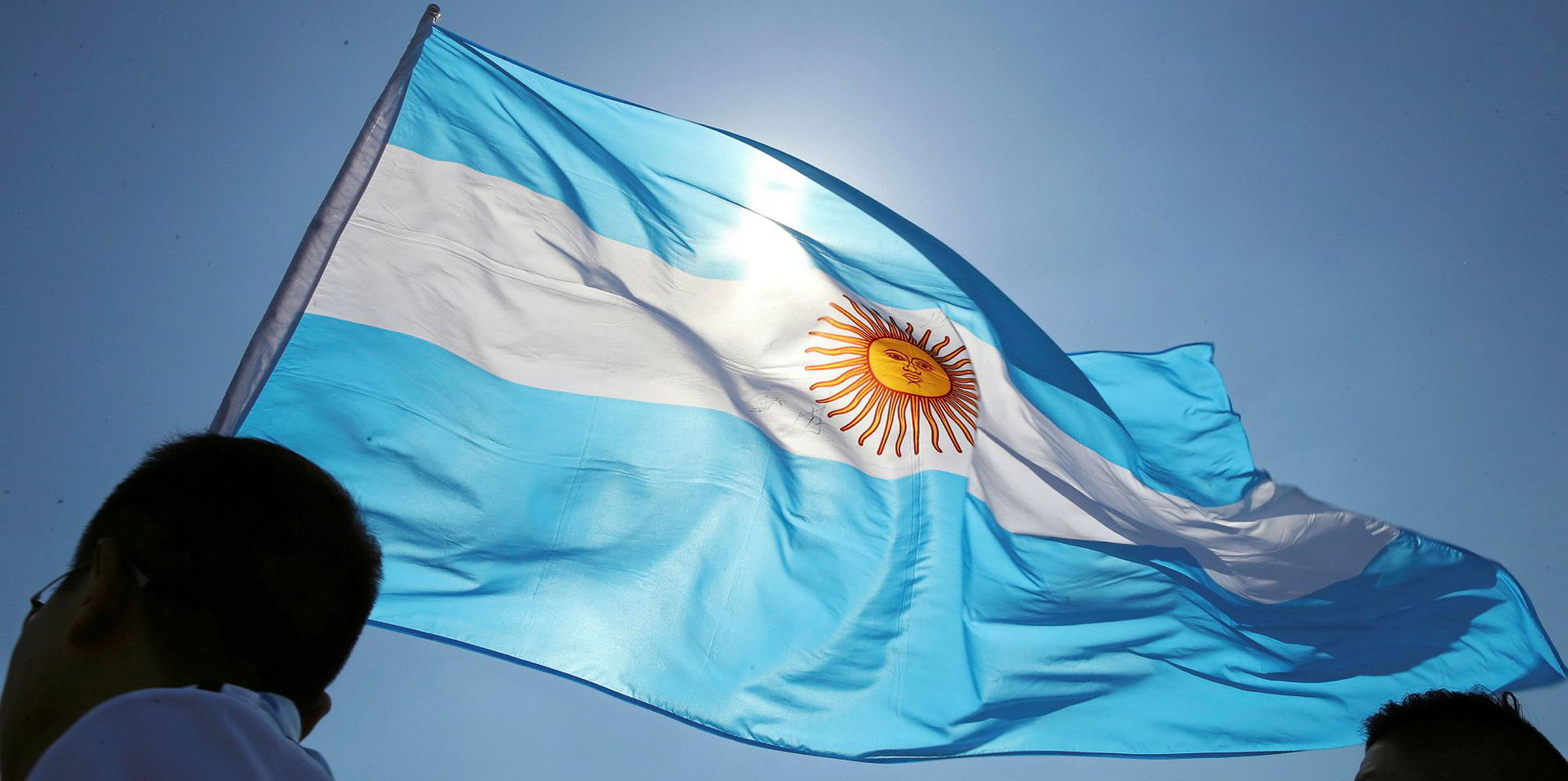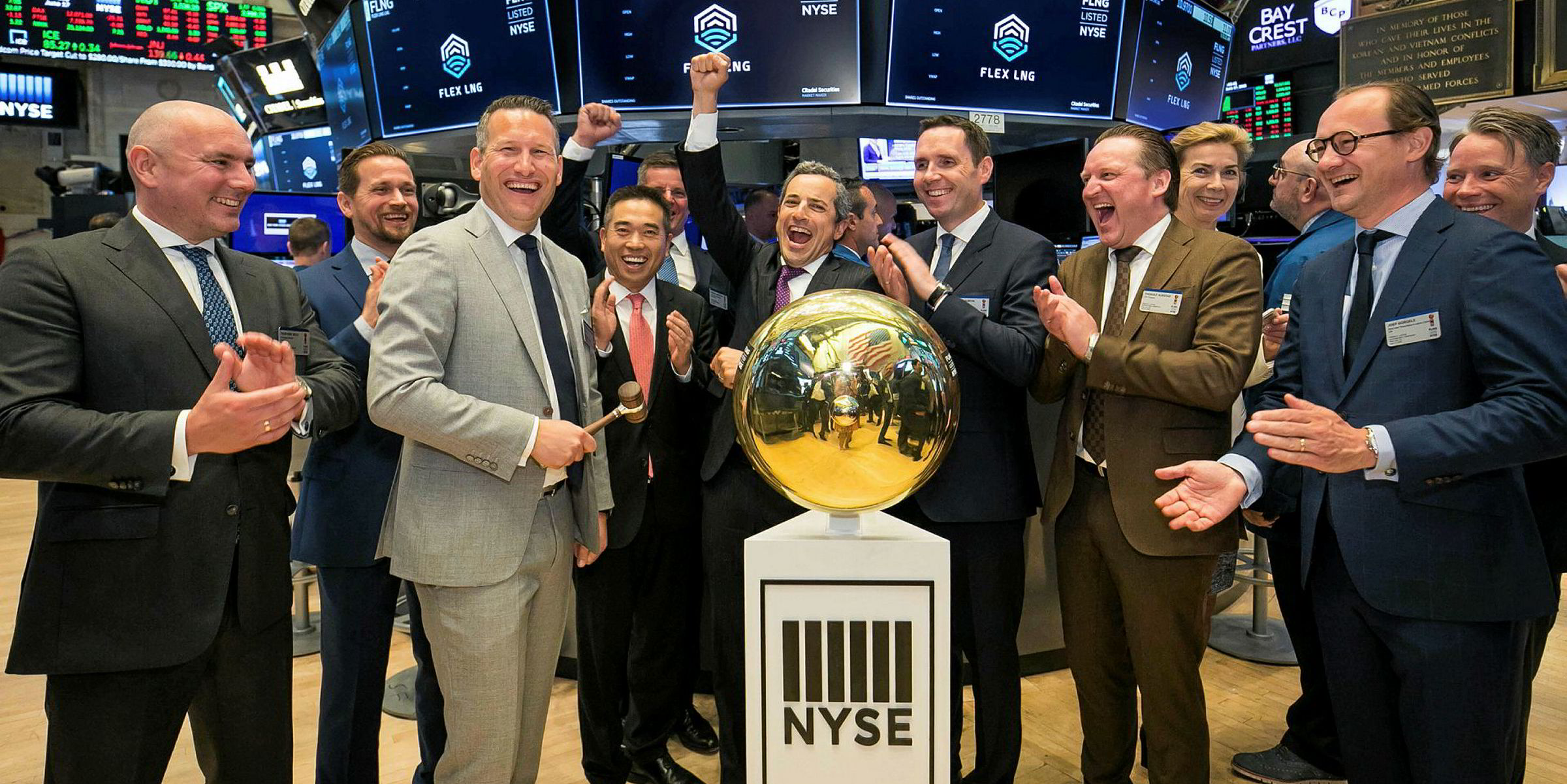LNG rates may go up and down, but carrier owners are emphasising the long term.
At a Marine Money Week panel in New York Wednesday, Hoegh LNG chief executive Sveinung Stohle said fluctuations in the market simply meant the market is working.
“Gas is being produced, gas is being shipped," Stohle said.
“This industry, you can forget about the political noise on this side of the Atlantic at the moment, LNG is doing extremely well. The market is up, 12 to 13% in the first quarter of this year, demand is growing, the gas is flowing. We are looking at an industry, if you take only a long-term view. … It has a very great future.
“By the end of this year, I’m fully convinced demand [will have] increased 10% at least.”
Late last year, LNG carriers were earning six-figure day rates and some as high as $200,000, before falling as low as $40,000 after the New Year thanks to a shift in demand from Asia to Europe.
By late May, rates had started to peek up again.
But GasLog chief executive Paul Wogan said spot rates were only a small part of the LNG sector, and primarily important for psychology.
“I think what’s important to remember is you’re talking about an industry that is primarily long-term," he said. "We’re very focused on the spot market, but 80% of the stuff is actually sold and transported on the long-term market.”
Of GasLog's 27 ships, Wogan said just five were in the spot market.
He said it appeared the end of 2019 would mirror the end of 2018, but spot markets are not "the be all and end all of the business."
“We shouldn’t lose sight of the fact that this is not primarily a spot market, this is primarily a long term business," Wogan said.





